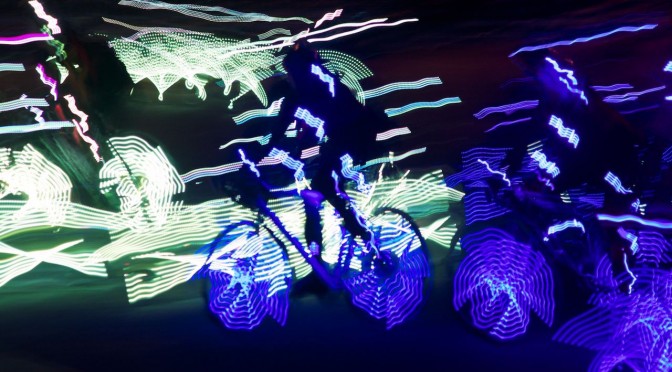This is something I’ve wanted to do for many years, which we discussed when I was at the Royal Institution but never quite got around to: careful macrophotography of chemical phenomena and reactions.
The Institute of Advanced Technology at the University of Science and Technology of China and Tsinghua University Press have teamed up with photographer and science visualisation specialist Yan Liang to film a series of reactions, and from the looks of this trailer they’ve made a really good job of it. There’s a ‘Beautiful Chemistry’ project website and blog, and I suspect I’ll be posting again when the main project goes live next month.




